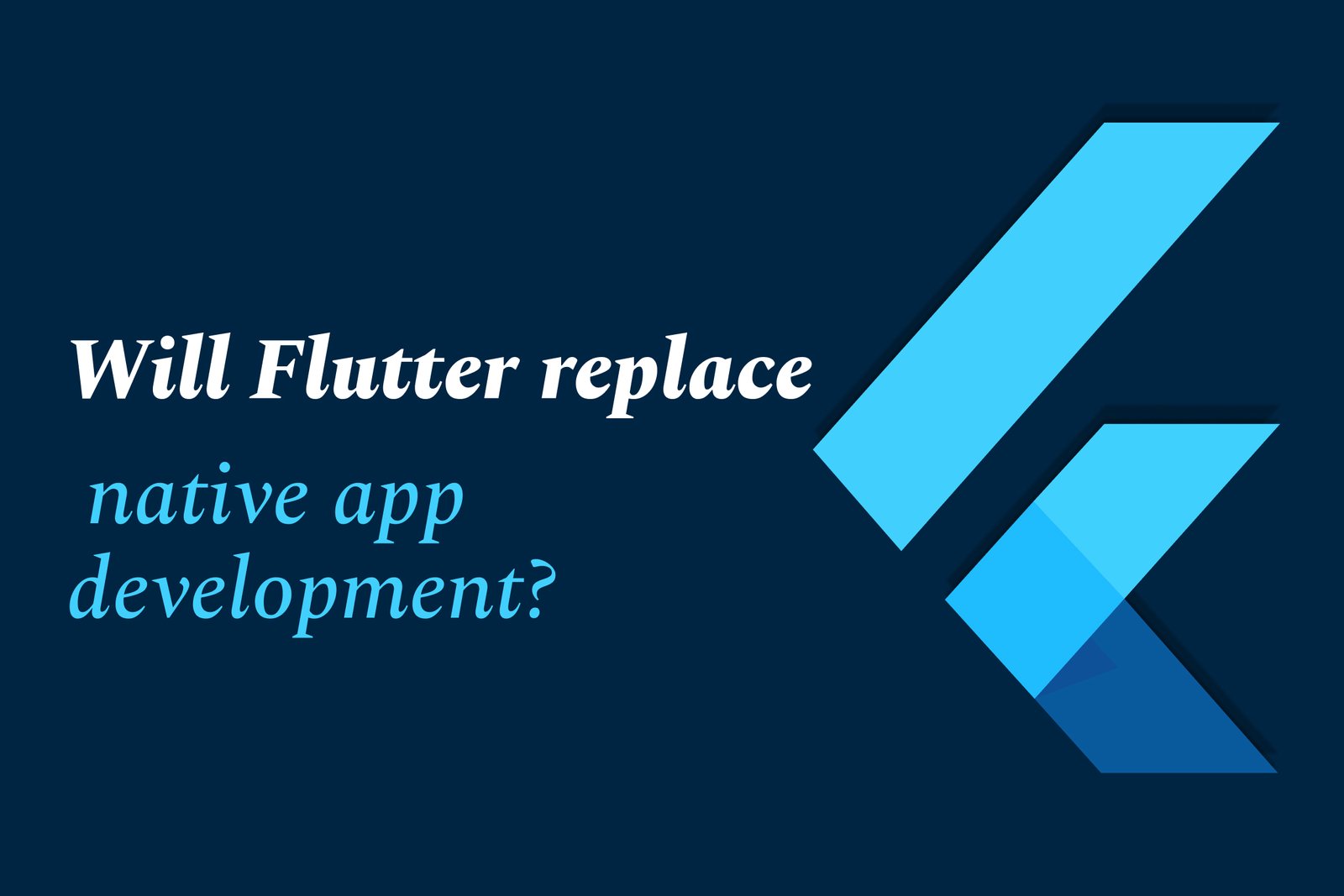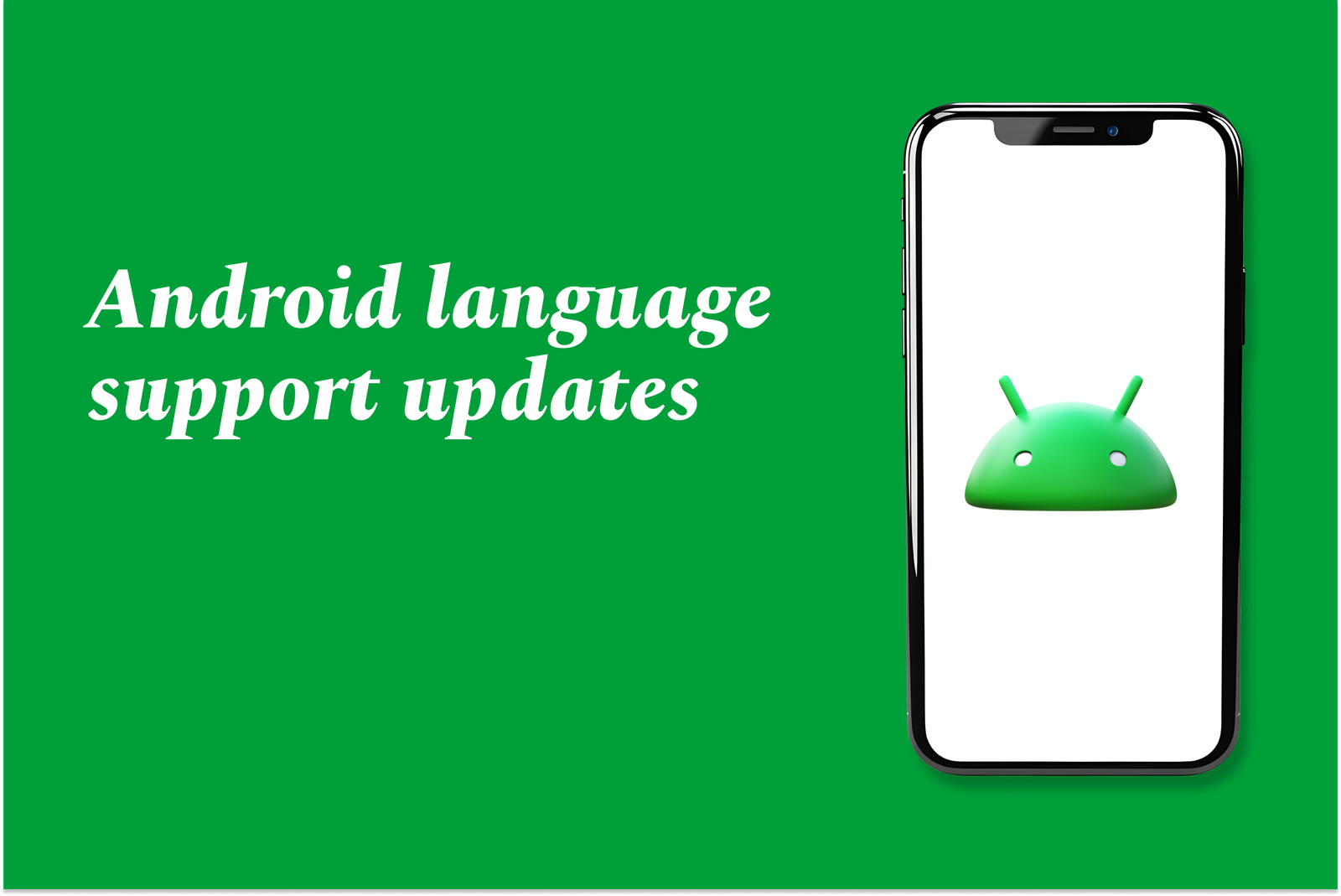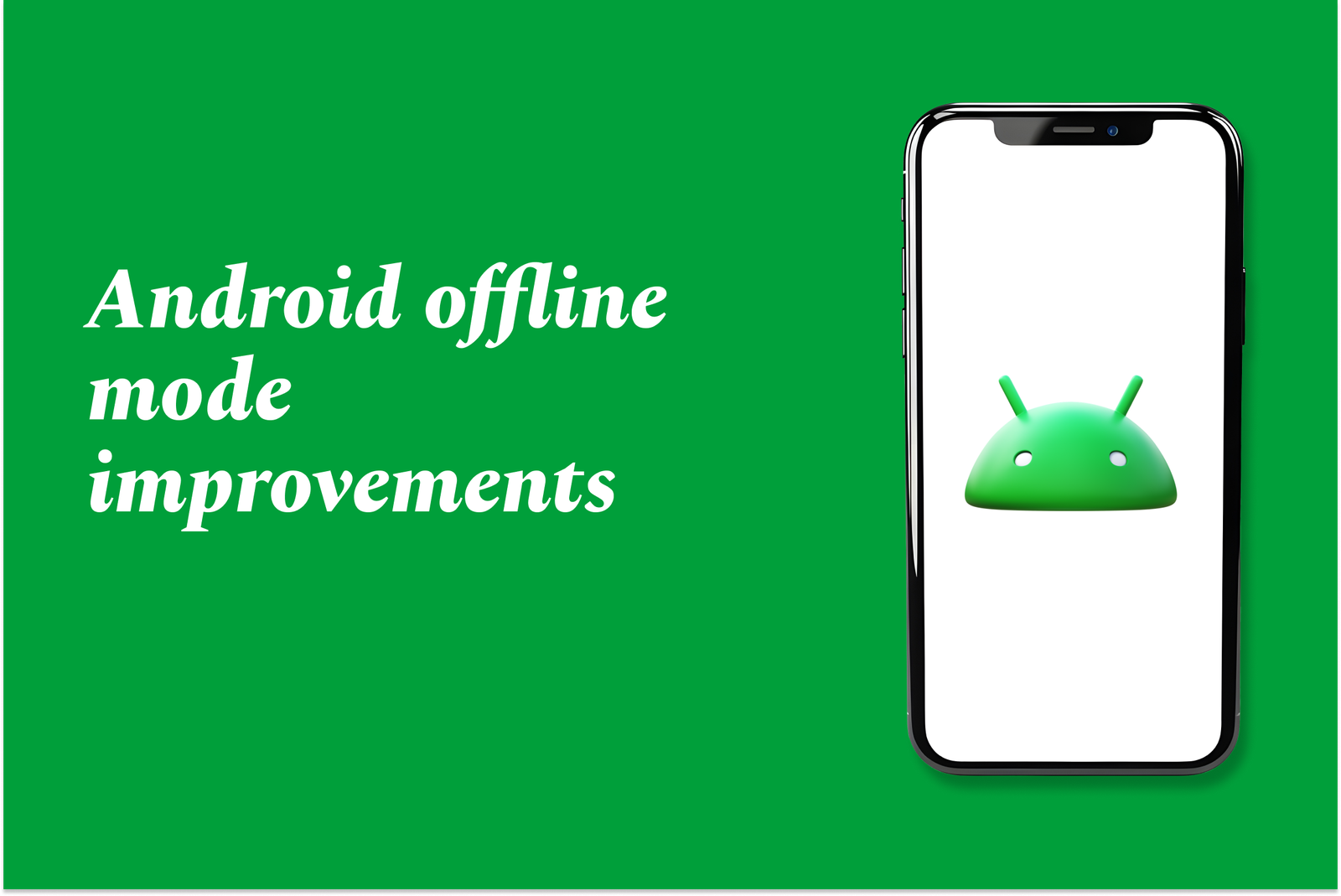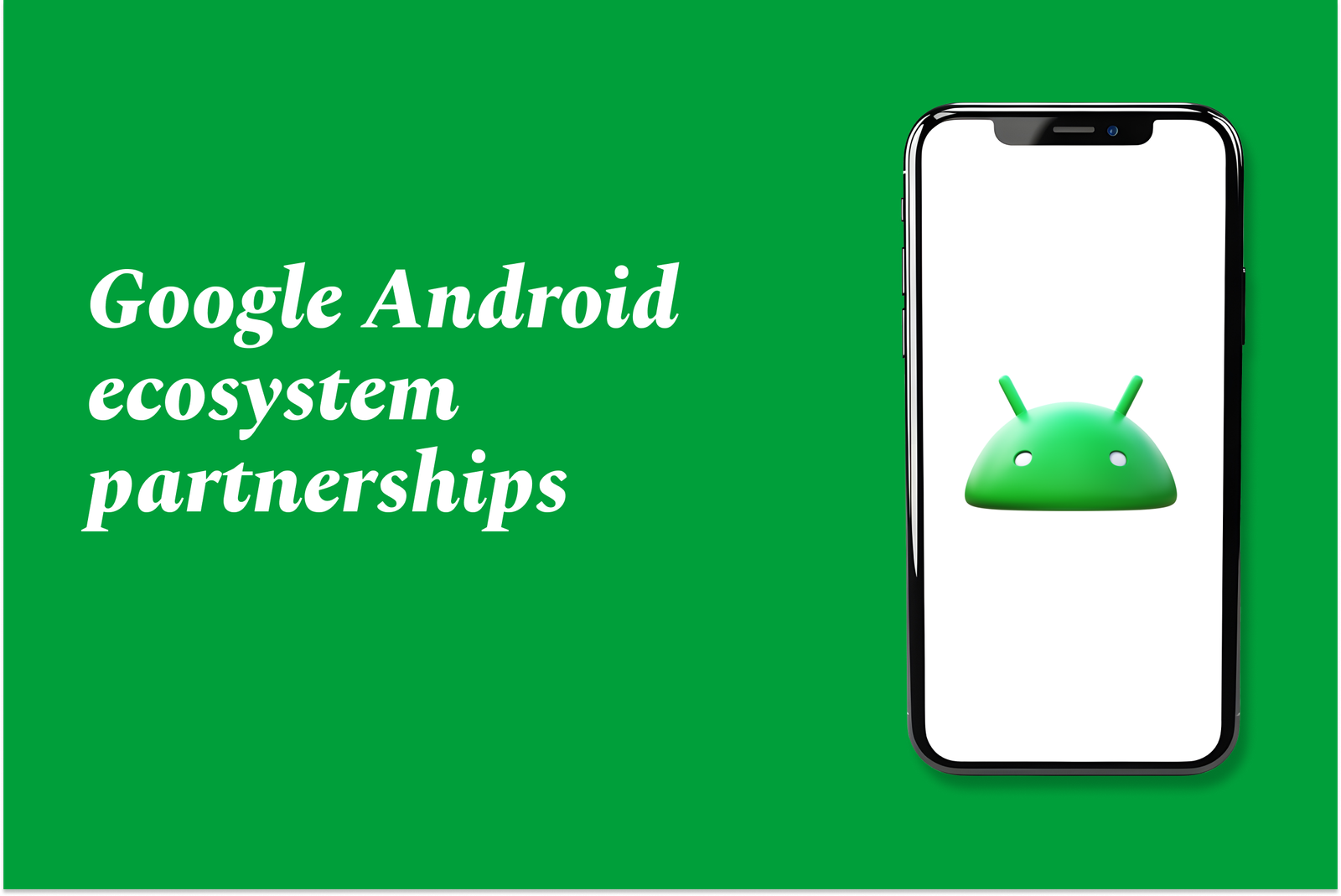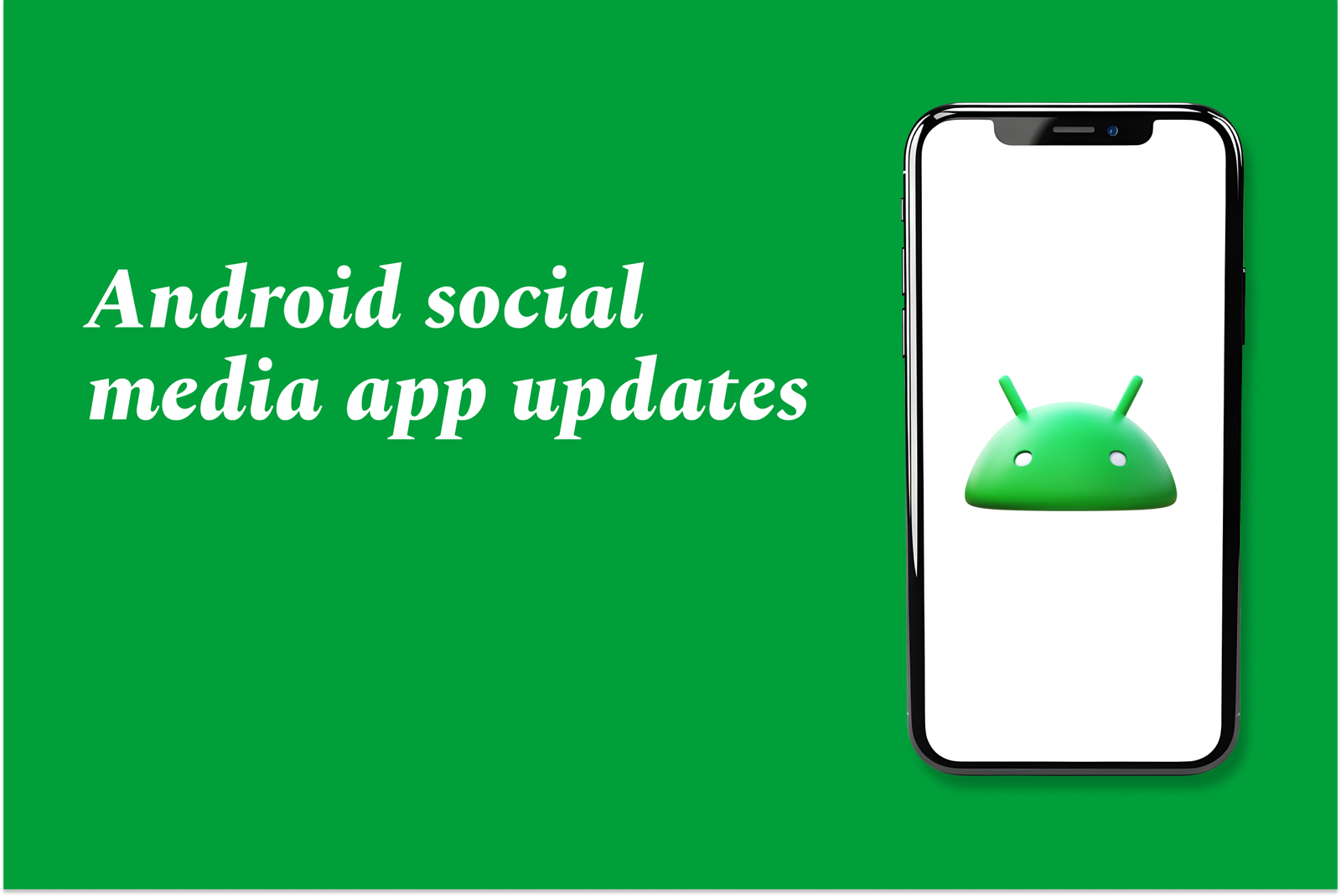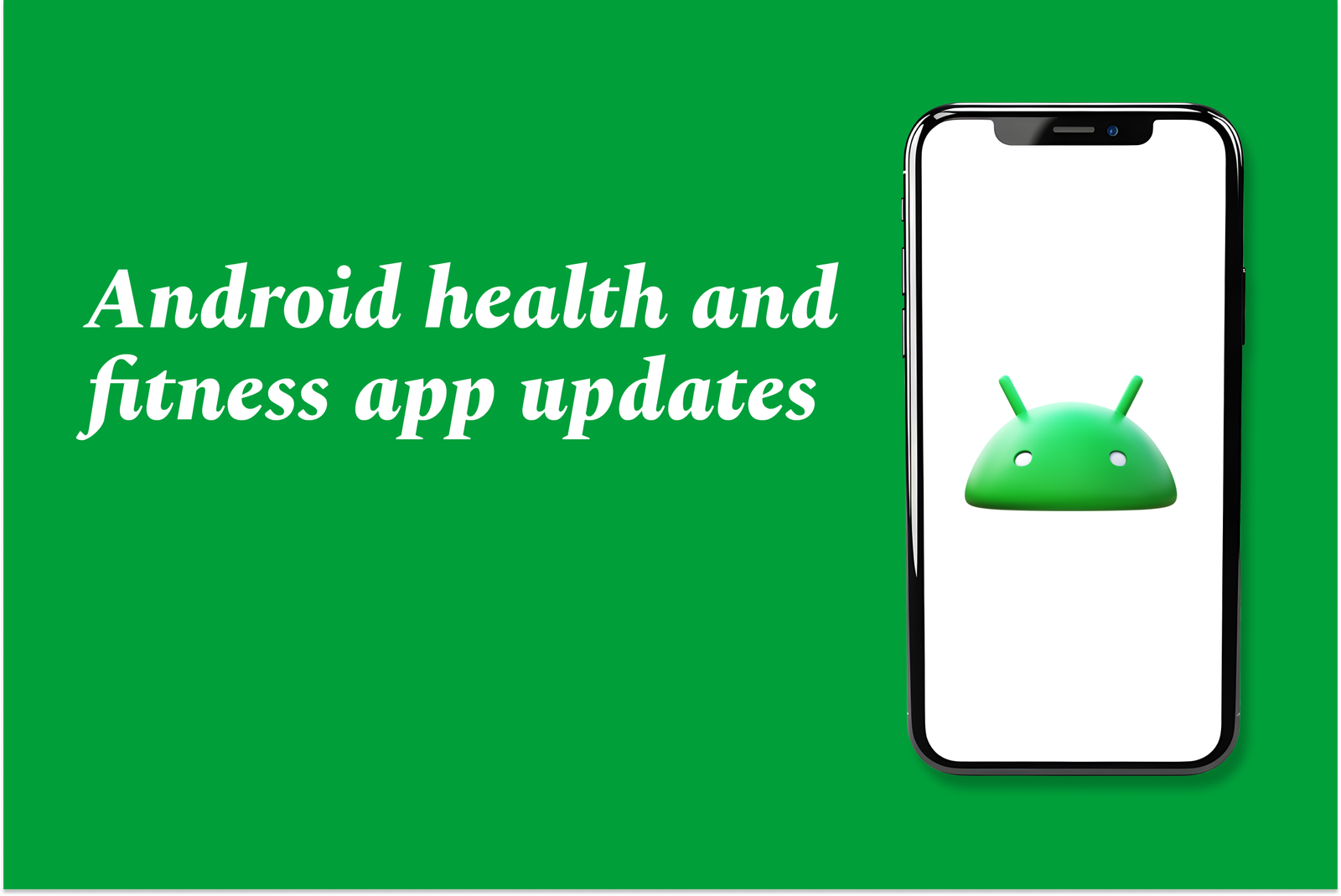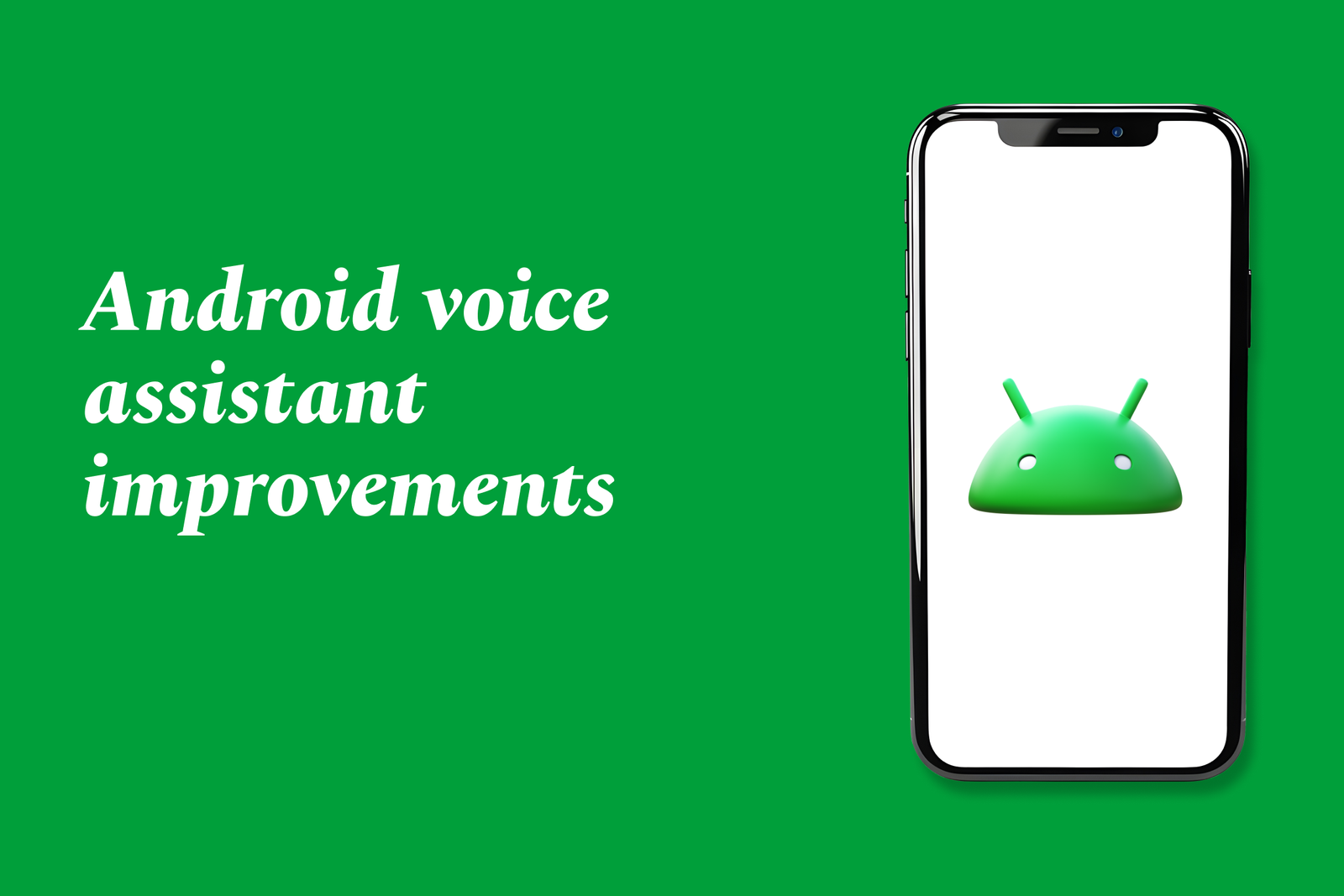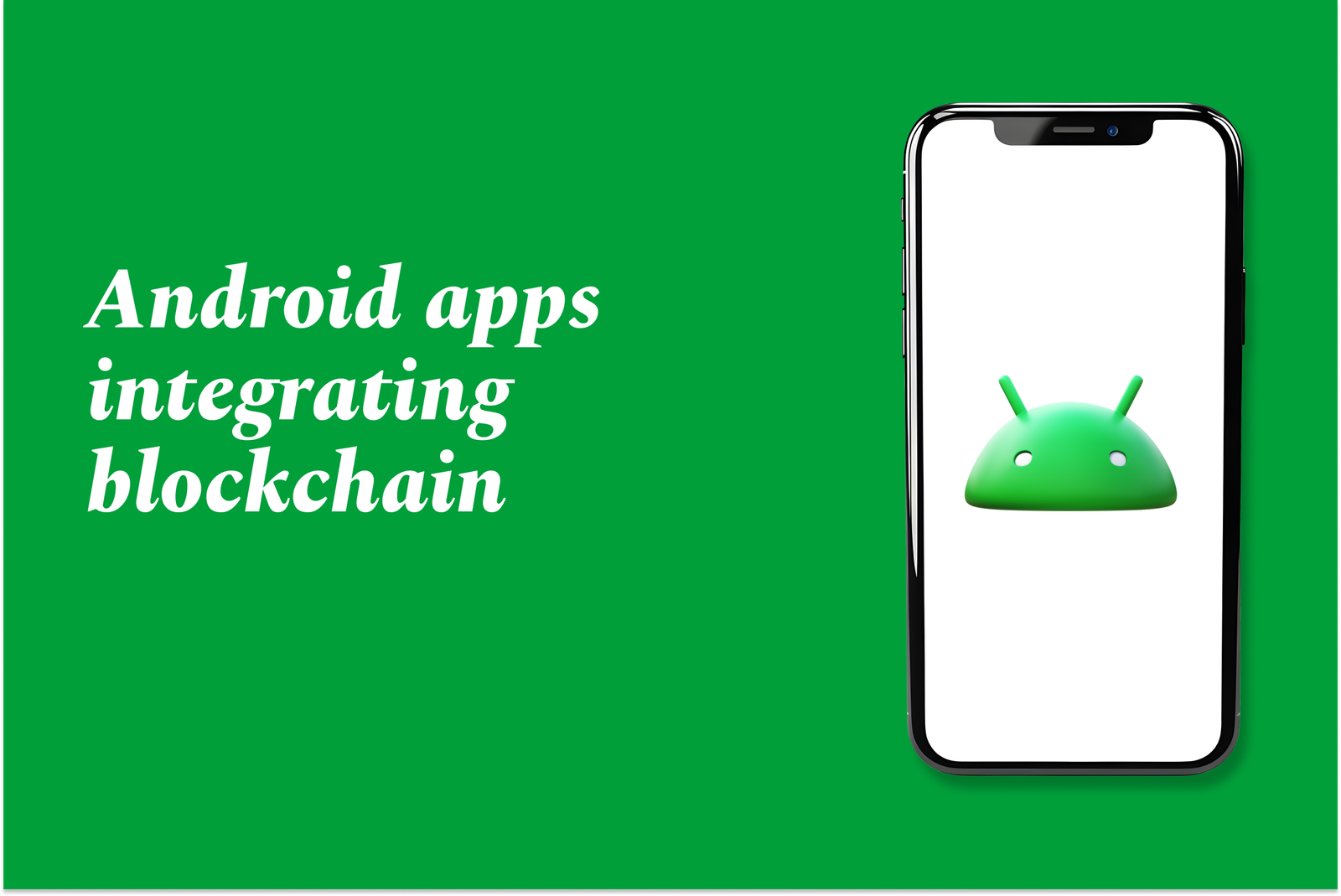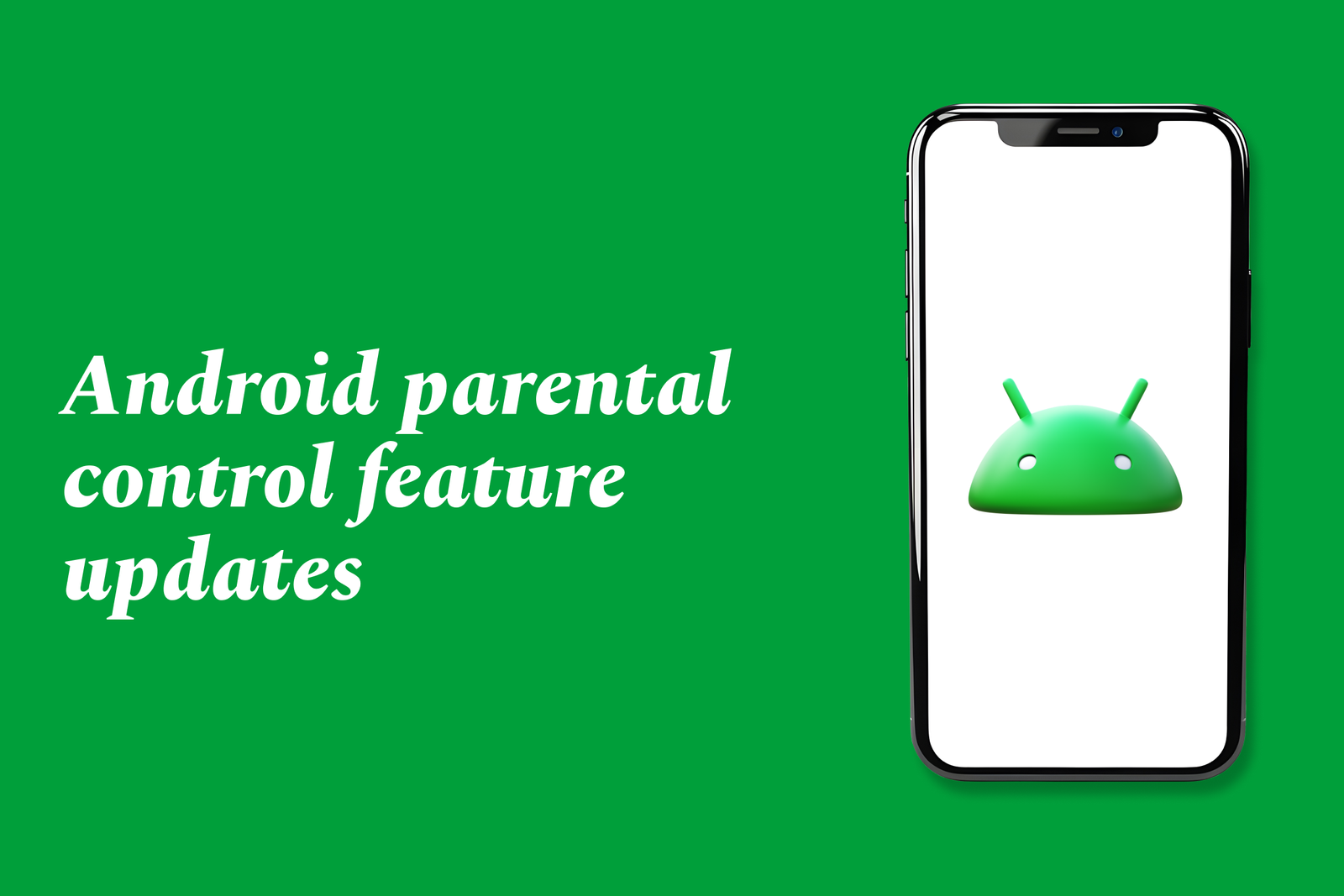Will flutter replace native app development?
Flutter is a powerful cross-platform framework allowing developers to build apps for iOS, Android, and more using a single codebase. While it offers fast development and great UI consistency, it’s unlikely to fully replace native app development due to platform-specific needs.
Will Flutter replace native app development?
1 ) Current Status of Flutter
Flutter has gained maturity and popularity as a cross platform app development framework. It allows building apps for multiple platforms (Android, iOS, web) using one codebase in Dart. However, Flutter remains a niche technology in the broader app development market.
2 ) Potential to Replace Native Development
There is speculation that Flutter, especially combined with Google’s Fuchsia OS plans, might eventually replace traditional native SDKs like Android SDK and Kotlin Multiplatform Mobile (KMM). Flutter is the default framework for Fuchsia, which could signal a long term shift away from native SDKs.
3 ) Strengths of Flutter
Offers high performance with its own rendering engine.
Provides UI consistency and superior animation capabilities across platforms.
Enables faster development for visually rich applications.
Gaining a growing developer community, as seen in GitHub star metrics surpassing React Native.
4 ) Challenges and Limitations
Flutter apps sometimes lack the fully native look and feel without additional effort.
Dart, the language behind Flutter, has limited popularity outside Flutter, unlike JavaScript or C#, affecting developer availability.
Companies may hesitate to adopt Flutter broadly when existing native skill sets are strong.
Other cross platform frameworks like React Native or Xamarin remain viable alternatives with different trade offs.
5 ) Impact on Other Programming Languages
Flutter will not replace general purpose programming languages like Java or Swift entirely.
These languages serve many domains beyond app UI development: server side, embedded systems, desktop, and platform specific functionalities.
Learning foundational web technologies (HTML, CSS, JavaScript) remains valuable despite Flutter’s cross platform capabilities.
6 ) Choosing Between Flutter and Native
Deciding between Flutter and native development depends on:
Team expertise (Dart vs. Swift/Kotlin/JavaScript).
Project requirements for performance, UI fidelity, platform specific features.
Time to market and maintenance considerations.
7 ) Future Outlook
Flutter’s increasing adoption and backing by Google position it as a powerful contender in app development, but it is not poised to completely replace native development imminently. Both native and cross platform approaches will coexist, each suited to different project needs.
With evolving technologies like Fuchsia and improvements in Flutter, the landscape may shift more significantly in the long term.
https://justacademy.in/news-detail/flutter-ai-sdk-vs-traditional-ml-kits
https://justacademy.in/news-detail/flutter-sdk-updates-in-july-2025
https://justacademy.in/news-detail/flutter-lts-release:-what-it-means
https://justacademy.in/news-detail/dart-pub-trends-in-2025
https://justacademy.in/news-detail/desktop-apps-in-flutter:-pros-and-cons
Related Posts
Android language support updates enhance the platform by enabling modern Java 8 features like lambdas and method references within Android Studio, improving code efficiency and developer experience without needing the Jack compiler, streamlining app development and build processes.
In 2025, Android enhances privacy with stricter app permissions, improved data encryption, and advanced APIs that give users greater control over their data. System updates focus on secure media handling and transparent, developer-friendly tools to protect personal information seamlessly.
Android offline mode improvements enhance app usability by allowing users to access content and features without an internet connection. These updates enable pre-downloading data, reduce dependency on continuous connectivity, and improve user experience during travel or in low-network areas.
Google Android ecosystem partnerships unite device makers, developers, carriers, and enterprises to build a flexible, secure platform powering billions of devices worldwide. These collaborations drive innovation, expand app access, and enhance user experiences across diverse Android-powered products.
Android social media app updates enhance user experience with improved features like real-time notifications, AI-driven content discovery, expanded communities, and better multimedia support. These updates ensure smoother interactions, faster info sharing, and more personalized social networking on mobile devices.
Android health and fitness app updates focus on improved data sharing, personalized coaching, and enhanced tracking across devices. Key apps like Health Connect, Samsung Health, and Google Fit offer better privacy controls, seamless integration, and support for diverse wellness goals.
Android's multi-user feature lets multiple people have separate profiles on one device, keeping data and apps separate. Recent updates improve user switching, address bugs like Wallet issues, and optimize performance by suspending inactive profiles for smoother multitasking.
Android voice assistant improvements enhance hands-free control by integrating smarter, more natural voice commands in Android Auto and CarPlay. Upgrades include better music navigation, AI-powered icon recognition for accessibility, and solutions for seamless connectivity, boosting safety and usability.
Android apps integrating blockchain leverage decentralized technology to enhance security, transparency, and trust in transactions and data management. These apps enable secure payments, identity verification, and supply chain tracking, revolutionizing mobile experiences across industries.
Android parental control updates enhance child safety by offering real-time monitoring, app notifications sync, screen time limits, app blocking, precise GPS tracking, and location alerts, enabling parents to manage and protect their children's device usage more effectively and securely.
